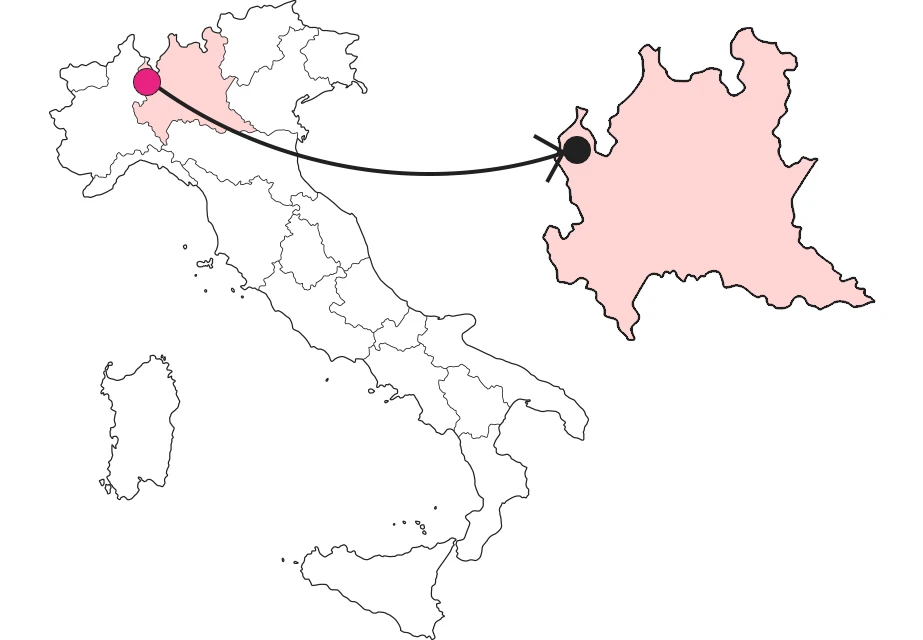










Virginia islet: a history spanning millennia
A walk through history, from the Neolithic to the nineteenth century



Where

What it is and where it is
Recognized as a UNESCO World Heritage Site in June 2011 and listed among the Prehistoric Pile-Dwelling Sites of the Alpine Arc, arriving there invites a journey back in time: slow, quiet and far from city traffic. Landing on this small, much renowned Islet, just a few meters away from the western shore of the Lake, in front of Biandronno, allows the visitor to understand, through the telling of its history, how it was intensely populated and lived for millennia by people who found the right refuge here to create primitive pile-dwelling communities.
Why it is special
Historical evidence attests that the lowering of the lake's waters allowed the Island to be inhabited even in what is now submerged territory. It was built in vertical stratigraphy, meaning that each people built on the remains of the previous one, and this has allowed for the discovery of numerous artifacts and the preservation of evidence over the millennia, reaching down to us, who are still able to admire it in its kaleidoscopic beauty. It is special in that it is the oldest pile-dwelling site in the Alpine Arc and among the most important and richest Neolithic sites in Europe.
Not to be missed
The rich vegetation enjoyed by this small triangle of land is the result of the nineteenth-century fashion initiated by Duke Litta: willow plants, oaks, black alders, water lilies, butcher's broom and some rare specimens such as the bald cypress of the marshes. The Ponti Civic Museum, donated by the Ponti heirs to the Municipality of Varese together with the entire Isolino in 1962, still houses part of the important artifacts found in the numerous and still active excavation campaigns, together with the reconstruction of an ancient pile dwelling and rare and interesting films for every visitor.
A bit of history
Inhabited since the early Neolithic period, it was home to various peoples who lived here, leaving important traces of their passage. The Island was inhabited at various times with groups of dwellings built on the land and, at the edge of the lake, on stilts. Various reclamations made since ancient times made it increasingly populated and, even today, there are the remains of a small church dedicated to St. Blaise. It had several owners: in 1822 it belonged to Duke Pompeo Litta, who named it Camilla in homage to his wife. The last owners were the Ponti heirs, who donated it to the Municipality of Varese in 1962.
Trivia
The boat, the nifeas growing luxuriantly on the banks and the intensely colored sunsets are the crowning glory of a day of a unique journey and a rare and intense experience. To reach the Isolino, one must forget the hustle and bustle and allow oneself to be lulled by the gentle, calm waters of the lake. A plaque affixed to the wall of the present Museum, in front of the old landing stage, reminds us that the name of the Isolino was given as a result of the "Italian Natural Science Conference" held in 1878 and not by Ponti in honor of his wife as we usually read.
Enter the Map of Italy's Undiscovered Wonders and find treasures where you least expect it... Inspire, Recommend, Share...
Collections
The Map thanks:
In the Community
Enter the Map of Italy's Undiscovered Wonders and find treasures where you least expect it... Inspire, Recommend, Share...
Where

Collections

